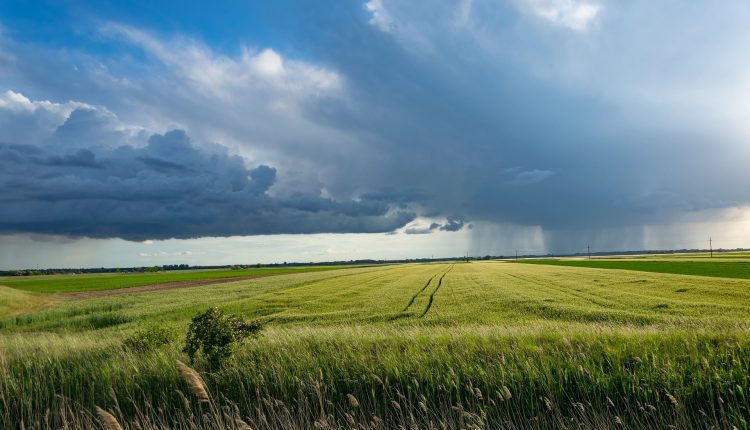Precision farming improves yield by enabling farmers to use the correct amount of inputs such as fertilizers, water and seeds. This is supported by autonomous farm equipment that incorporates real-time positioning and crop data to improve productivity.
Increased farm mechanization in regions such as North America, rising labor costs due to shortage of skilled labor, increasing pressure on global food supply due to rising population, and government initiatives to implement modern agricultural techniques are some of the major factors driving the growth of the global precision agriculture industry. Rising demand for implementation of precision farming is driving the sales of autonomous farm equipment.
The market witnessed a marginal dip in 2020 owing to the COVID-19 pandemic, as lockdowns and restrictions in movement resulted in shortage of equipment and led to disruptions in the supply chain. However, the market is getting back on its feet gradually, and is expected to offer lucrative growth over the coming years.
As per recent market intelligence analysis by an ESOMAR-certified market research and consulting firm, the global autonomous farm equipment market is expected to expand at a healthy CAGR of around 19% from 2021 to 2031.
Key Take-Aways from Market Study
- Demand for autonomous farm equipment is increasing with mechanization of agriculture, availability of advanced technology, and sustainable agricultural practices.
- Sales of autonomous farm equipment such as full and partial autonomous tractors are increasing all over the world. Rising electrification trend as well as high demand for sustainability, remote sensing, and ease of operation are driving demand.
- Gradual increase in raw material costs and tariff prices are some of the challenges impacting market growth.
- North America and Europe hold a significant share in the global market. In these regions, high disposable income combined with rise in population growth, high investments in agriculture infrastructure, and increasing trend of farm automation have led rising demand for autonomous farm equipment.
- By mode of operation, partial autonomous farm equipment is expected to hold a majority of the market share by 2021.
- By equipment, tractors to be widely used because of their usage in a wide range of application at farms.
- The market in the U.S. and Canada is expected to progress at around 11% and 9% CAGR, respectively, while that in the U.K and Germany at around 9% and 10% CAGR respectively, through 2031.
“Rising demand for partial autonomous farm equipment will have a positive impact on market growth over the coming years,’’ says a Senior Research Analyst.
Targeted Acquisitions and Mergers by Key Players
Key players such as Trimble Inc. and CNH Industrial N.V are hinging their growth strategies on enhancing connectivity with a wide market outreach through targeted acquisitions, so as to enjoy substantial market presence.
- In May 2017, Trimble Inc. announced an agreement to acquire privately-held Müller-Elektronik, a German company specializing in implement control and precision farming solutions.
- In March 2021, CNH Industrial N.V. completed its acquisition of a minority stake in Augmenta, an agricultural technology company focused on automating farming operations using computer vision and artificial intelligence ‘on the edge’, whereby data is processed in real time, directly by the system. This acquisition will see CNH Industrial become Augmenta’s strategic partner in crop sensing and machinery automation, and also foresees future joint research and development collaboration.

